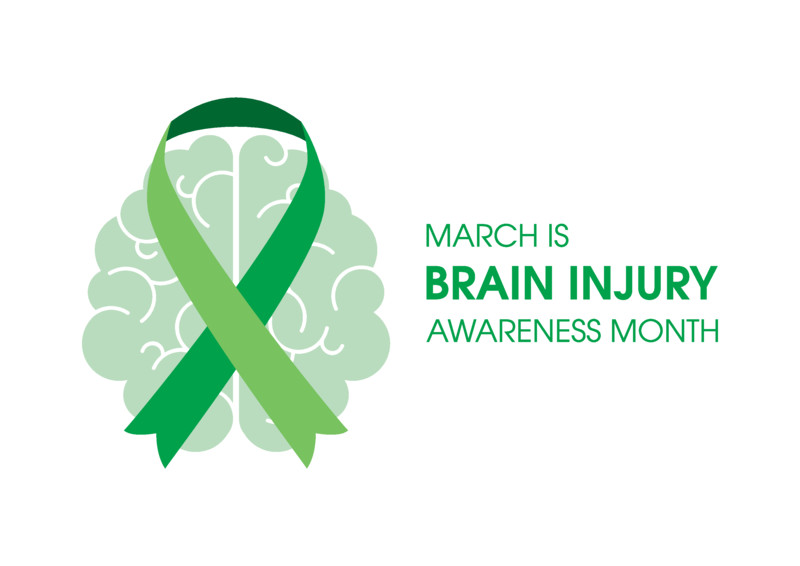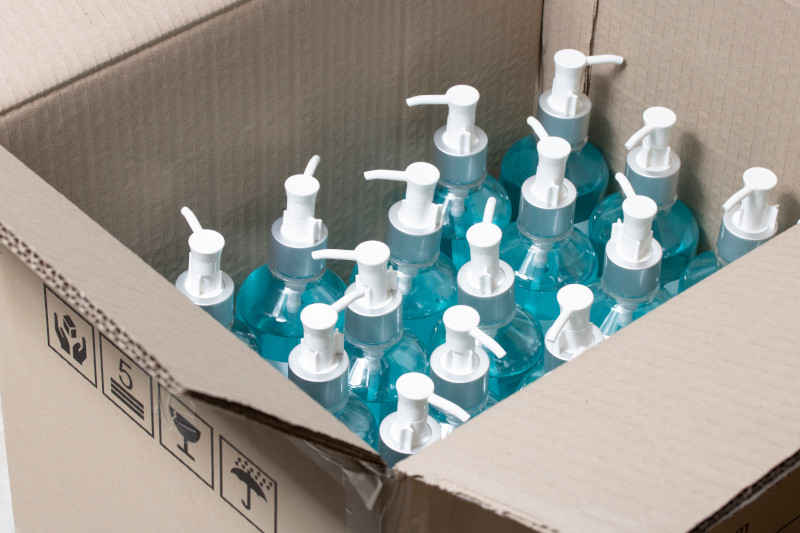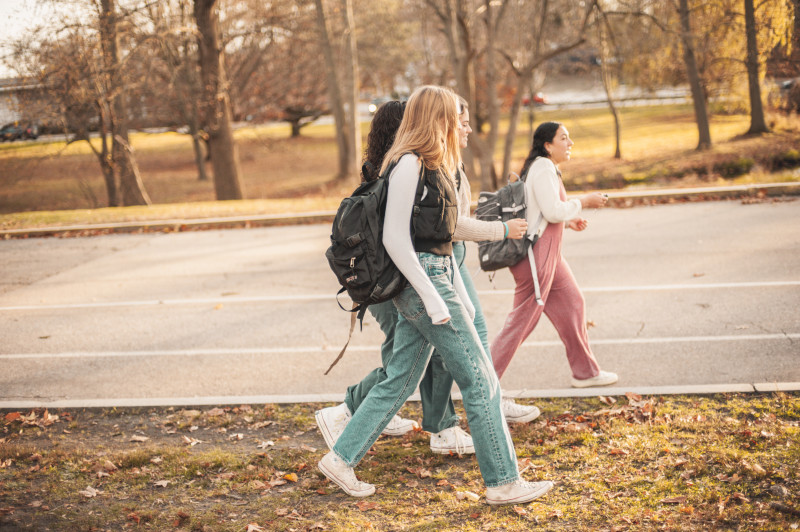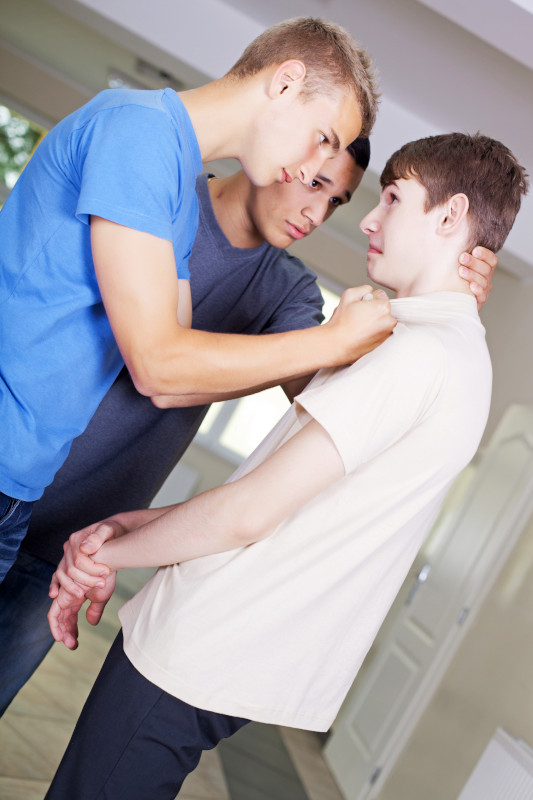Keep brain safety top of mind

March is Brain Injury Awareness Month, making this the perfect time to talk about how your school is addressing the risks of concussions and brain injuries. According to the Brain Injury Association of America, more than 5.3 million people in the U.S. are living with a permanent brain injury-related disability and at least 2.8 million Americans sustain traumatic brain injuries every year.
In the school setting, concussive injuries could occur from staff members falling, struck-by students during behavioral/emotional crisis events, students injured on playgrounds or athletes participating in extracurricular activities. Here are some precautions you can take to protect your staff and students.
Staff injuries
Increasing awareness among staff may serve to reduce head injuries sustained from falls due to a loss of balance or loss of traction resulting in contact with a walking surface or wall. Areas of focus include:
- Providing slip/fall prevention training to all staff members.
- Facilitating safety discussions on selection of footwear and behavioral practices likely to contribute to slip/fall injuries.
- Maintain interior and exterior walking surfaces free of slip/trip/fall hazards.
- Communicate field-of-play alertness for staff monitoring recess or extracurricular duties to minimize being hit by errantly thrown balls or collisions with students running on playgrounds.
- Train staff annually on techniques to de-escalate student behavioral/emotional crisis incidents; common triggers include intervening in student altercations, struck-by objects thrown by students, maintaining spatial proximity against strikes/kicks from students.
Helmet certification/recertification
Helmets are designed to protect athletes participating in sports such as football, baseball, softball and lacrosse from brain injuries. To do its job, a helmet should fit properly, be in good repair and meet standards set by the National Operating Committee on Standards for Athletic Equipment (NOCSAE).
Helmets should bear labels stating:
- It meets NOCSAE performance and protection standards.
- Whether it can be recertified. If not, look for the label that specifies when the NOCSAE certification expires.
- How frequently the helmet must be reconditioned and recertified.
- The date of manufacture (football helmets, in particular, should be replaced no later than 10 years from the date of manufacture).
Athletic playing surfaces
Studies have shown that approximately 10% of sports related concussions result from the athlete’s head striking the playing surface or surrounding walls. Athletic fields should be tested by a certified technician to determine if the playing surface falls within acceptable Gmax parameters. The higher the Gmax score, the harder the surface and greater propensity for concussive injury.
- Natural surfaces generally have a lower Gmax value than synthetic surfaces.
-
- Maintaining adequate grass cover and aerating natural turf fields helps reduce soil compaction and lowers Gmax levels.
-
- Synthetic turf fields, when installed properly, have acceptable Gmax levels for the first few years.
-
- Frequency of use and environmental conditions can hasten degradation of supporting material.
- Over time, infill supporting the synthetic grass blades gets carried away in the athletes’ cleats, equipment and shoes.
- Regular inspection of infill depths, and topping off when needed, helps keep the levels uniform as intended.
-
- Padding should be provided on any hard surfaces in gymnasiums such as walls, corners or bleachers that could be contacted should a student leave the designated playing field.
-
- As an industry best practice, providing 10 feet of unobstructed space surrounding a basketball court and installation of wall padding reduces risk of contact injuries.
-
Safer playgrounds
For younger students, the playground poses the greatest risk of a concussion or brain injury. Falls from equipment are one of the most common hazard patterns. Maintenance of protective surfacing under and around equipment is vital to protect children from head injuries.
Appropriate playground surfacing include loose fill, such as sand, pea gravel, shredded tires, wood chips or wood mulch, or synthetic surfaces, such as rubber tiles, rubber mats or poured-in-place rubber. Inappropriate surfaces include asphalt, concrete, dirt and grass.
- Loose fill of the minimum compressed depth must be raked, tilled and replaced on a regular basis, especially in high-traffic areas.
- Synthetic surfaces need to be cleaned and repaired occasionally to maintain impact attenuation.
- The entire surface of a playground should be of appropriate material, but the use zones, those areas under and around equipment, are imperative to ensure appropriate protective surfacing is provided.
- All playgrounds present risks and adult supervision is highly recommended to oversee unintended or unanticipated use of the equipment.
While not all concussive injuries are avoidable, you can make a difference by ensuring the equipment and facilities you provide are as safe as possible.
Check out these other risk control resources to keep your students and staff safe.




